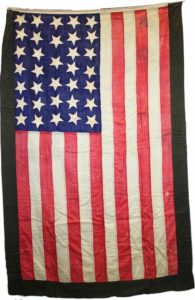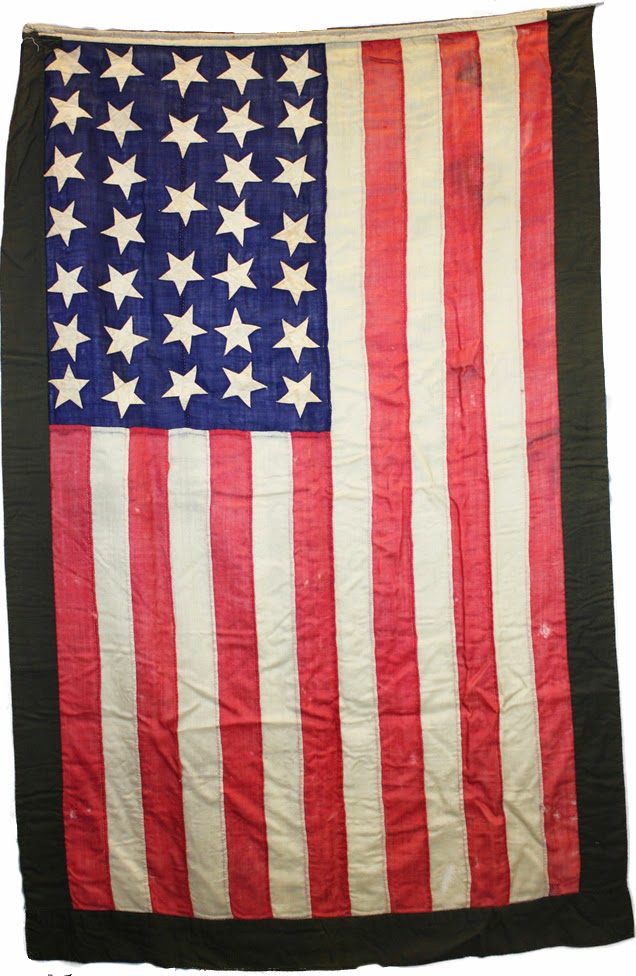The Victorians elevated mourning to an art form. When England’s Prince Albert died of typhoid fever in 1861, Queen Victoria went into deep mourning for her beloved husband, and plunged the English speaking world into decades of gloominess. In dress and interior design, and even in manner and outlook, people adopted somber tones. Across the Atlantic, Americans had their own reasons for adopting mourning dress and trappings. In April of that same year, the United States had been riven by a bloody Civil War. This would be no quick conflict. Both the North and the South dug in their heels and the next four years of fighting resulted in hundreds of thousands of deaths on both sides.
When General Robert E. Lee’s Army of Northern Virginia surrendered to Union forces at Appomattox Court House on April 9, 1865, the North rejoiced. Though the war was not yet over, the end was in sight. Five days later President Abraham Lincoln and his wife attended a play at Washington’s Ford’s Theatre. While the audience laughed at the comedy, John Wilkes Booth shot the president in the back of the head. He died early the next day.
The assassination shook the nation already exhausted by the war. Thousands, if not millions, turned out for the ensuing funeral processions, first in Washington, DC, and then again in Springfield, Illinois. All along the procession routes, home and business owners draped black crepe from the windows of their buildings.
Constitution, moored near Goat Island in Newport Harbor, observed the general mourning. The Secretary of the Navy ordered all the ships of the fleet to lower their ensigns to half-mast on April 18. The next day at noon, the Macedonian, one of Constitution’s training ship consorts, fired 21 minute guns in honor of the late president.
The museum’s collection contains a poignant reminder of the grief of a nation. In 1975, a hand-sewn 34-star flag was donated to the museum. A note accompanied it:
A flag made for my birthday in 1861, by sailors on board the old Constitution & sent me by Lieutenant- after Commodore- Edward Phelps Lull- U.S.N. – It floated all through the Civil War from the front of my homes, first on Rollins, then on Chatham Sts. It was draped for Lincoln- then again in Annapolis for Garfield and then again for McKinley in Newark – Mary J. Graff
Constitution’s sailors crafted Miss Graff’s flag of bunting, and it displays all the charm of a hand-made object. The stars appear to “dance”- all their points are oriented in different directions. The black border, perhaps sewn on by Graff herself, is made of some stout twilled woolen.

In 1977, a descendent wrote a letter to inform the museum that the flag “was once again displayed in New York when President Kennedy was killed in 1963.” Thus the flag, crafted and displayed as a patriotic gesture at the beginning of the Civil War, came to symbolize the grief of a nation for a century.
The Author(s)
Matthew Brenckle
Research Historian, USS Constitution Museum
Matthew Brenckle was the Research Historian at the USS Constitution Museum from 2006 to 2016.
